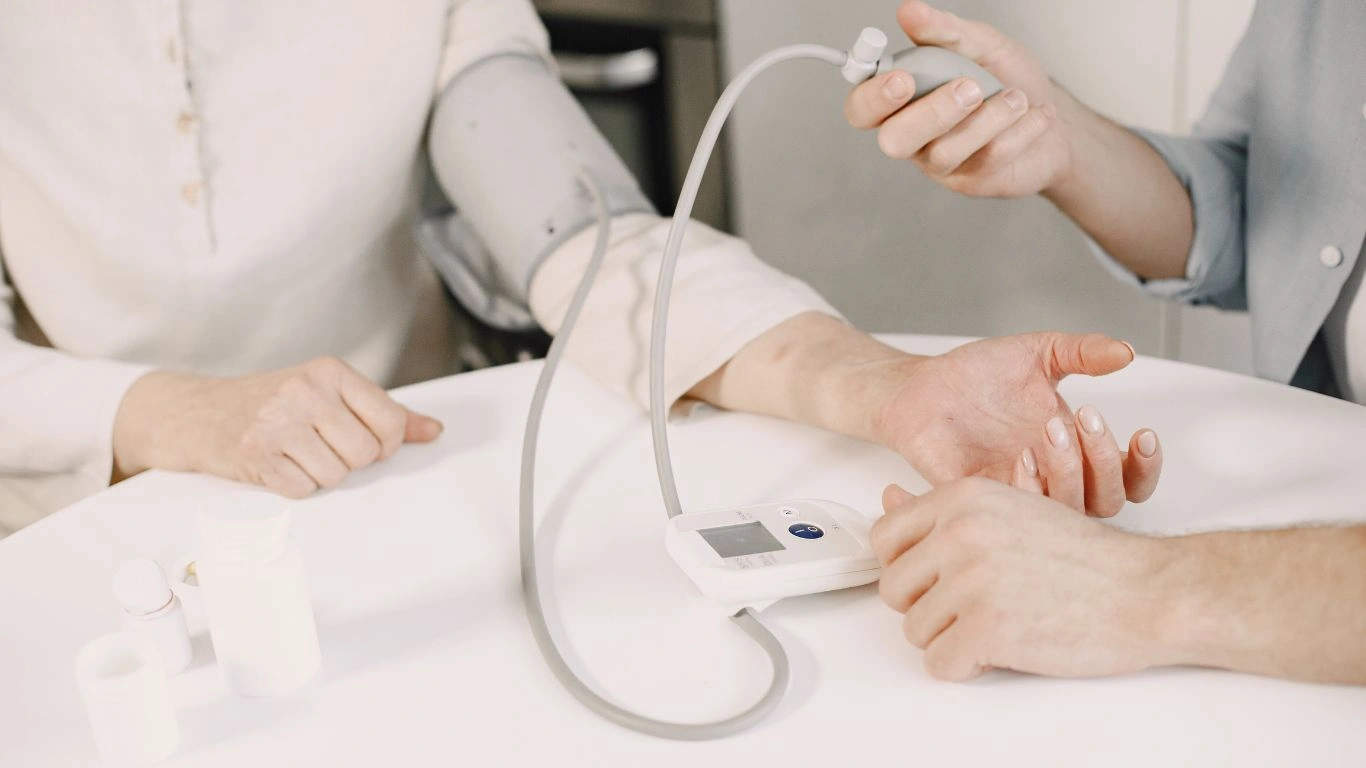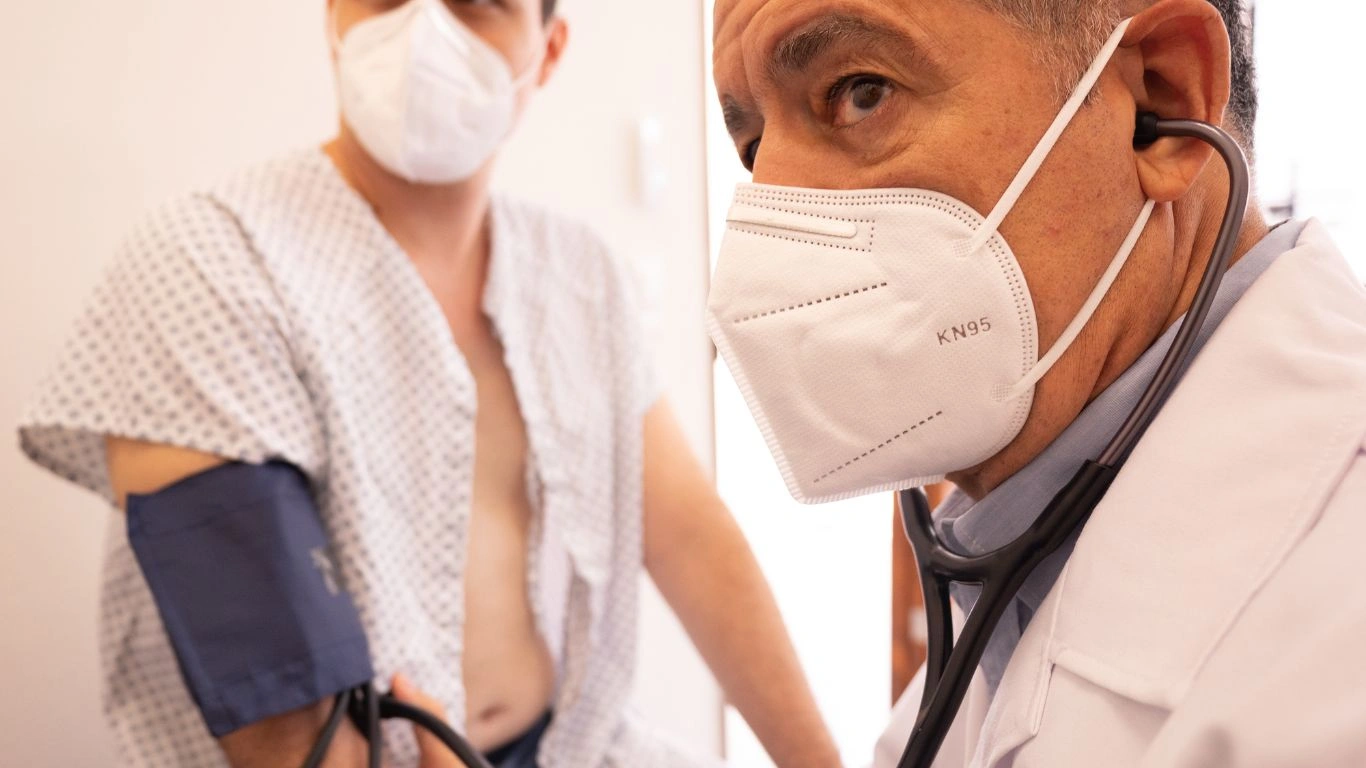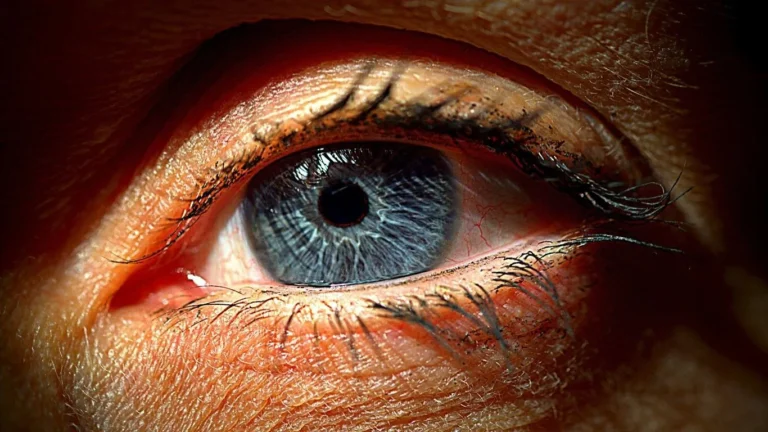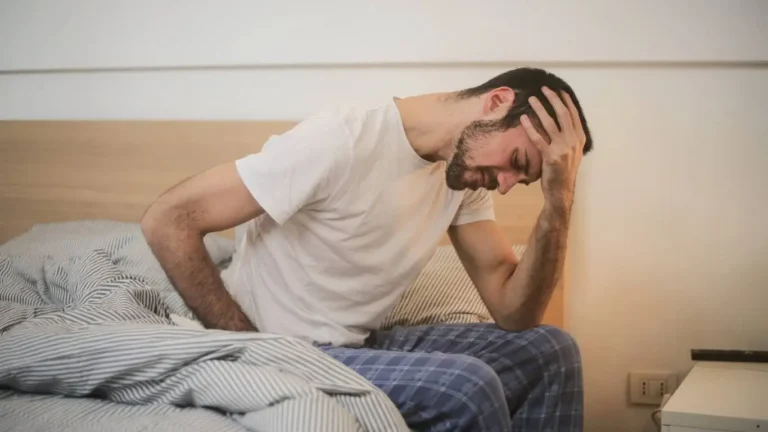Daily Stretching May Help Lower Blood Pressure Naturally
If you’re wondering, does daily stretching lower blood pressure?—you’re not alone. I’ve had more than a few patients ask me this during routine visits, especially those trying to get their numbers down without immediately resorting to more medications. As an internal medicine physician who spends a lot of time helping people manage hypertension, I’ve come to really appreciate the impact of seemingly simple lifestyle tweaks. Stretching? It may not sound like a big deal, but there’s actually more to it than meets the eye.
How Daily Stretching Affects Blood Pressure

Let’s break it down. Blood pressure is essentially the force your blood exerts against artery walls. When it’s consistently high, you’re looking at potential risks like heart attacks, strokes, and kidney issues. That’s where lifestyle choices come in—and yes, daily stretching might be one of them.
There’s actually emerging research that supports the idea that consistent, gentle stretching routines can help lower systolic and diastolic blood pressure. Think yoga-inspired moves, static stretches post-walk, or even short morning and evening flexibility routines. In my clinic, I’ve seen patients combine stretching with breathing exercises and come back a few months later with improved readings—and often, better moods too.
The Science Behind It
One of the things I explain to my patients is how stretching influences the autonomic nervous system—basically the part of your body that handles things automatically, like heart rate and blood vessel constriction. Gentle stretching, especially when combined with deep breathing, activates the parasympathetic nervous system. That’s your “rest and digest” mode. When this system is turned on more often, blood vessels relax, the heart slows slightly, and pressure inside those vessels tends to decrease.
Also, stretching improves vascular function. Muscles that are more flexible and less tense put less pressure on surrounding blood vessels. It’s kind of like easing a kink in a hose—everything flows a bit smoother. This is especially beneficial for folks with stiff joints or sedentary lifestyles (hello, desk jobs!), where circulation tends to be compromised.
What Kind of Stretching Helps?

Here’s where people get a little tripped up—stretching isn’t a one-size-fits-all thing. You don’t need to be doing hour-long yoga classes or contorting yourself into complicated poses. The key is consistency and calmness.
Simple Stretching Routines I Recommend
Over the years, I’ve encouraged patients to try routines that feel accessible and can be worked into their daily lives. Here’s a quick list of what’s worked well:
- Neck and shoulder rolls: Great for releasing tension after work.
- Hamstring and calf stretches: Especially for folks who sit a lot.
- Spinal twists: Helps with both mobility and relaxation.
- Chest openers: Counteracts the slouching we all tend to do.
Each of these takes maybe 30 seconds to a minute, and when strung together, they can form a gentle 10-minute sequence you can do morning or night. I usually tell people to breathe deeply and hold each stretch without bouncing—just let gravity do the work.
Stretching vs. Cardio: Which Is Better for Hypertension?

This is where it gets interesting. Everyone knows aerobic exercise is king for heart health—and I’m not here to dethrone it. But stretching offers unique benefits that shouldn’t be overlooked, especially for people who can’t tolerate high-intensity workouts due to joint issues or fatigue.
In fact, some studies suggest that daily stretching can reduce blood pressure just as much as brisk walking when done consistently. We’re talking about 3-5 mmHg reductions in systolic pressure—that’s significant, particularly when you stack it on top of other healthy habits.
So while I’d never recommend ditching your walks or bike rides, adding stretching to the mix creates a nice synergy. Think of it as the unsung hero of your blood pressure-lowering toolkit.
Real-Life Results: What I See in My Practice

Let me tell you about a patient of mine, Maria. She’s in her mid-60s, a retired teacher, and she came in frustrated with her fluctuating blood pressure despite walking daily. We tweaked her diet a bit, sure, but one of the biggest changes? Adding 15 minutes of gentle stretching every morning. Within three months, her systolic pressure dropped by nearly 10 points. That’s without changing her meds. She also reported sleeping better and having fewer headaches.
Maria’s story isn’t a one-off. Over the past couple of years, I’ve noticed a clear pattern. Patients who stick to simple stretching routines—not just once a week, but daily—tend to show modest but meaningful improvements in their BP numbers. It’s not a miracle cure, but it’s a powerful supporting player in the bigger hypertension picture.
It’s Not Just About Flexibility
One thing I’ve come to realize is that stretching’s benefits go far beyond just limber muscles. A lot of my patients assume stretching is all about touching your toes or easing joint stiffness. While that’s true, the deeper value lies in how it calms the nervous system, reduces stress hormones, and increases body awareness.
We underestimate how much stress contributes to blood pressure. I mean, who isn’t dealing with some level of chronic stress these days? And when cortisol and adrenaline are constantly coursing through your system, your blood vessels stay constricted. Stretching—especially when paired with slow, intentional breathing—helps interrupt that stress cycle.
Stretching and the Mind-Body Connection

This might sound a little “woo-woo” to some of my more science-focused readers, but hear me out—there’s solid evidence backing the role of mind-body practices in lowering blood pressure. Techniques like yoga, tai chi, and breath-based stretching actually stimulate the vagus nerve, which helps activate that parasympathetic response I mentioned earlier.
When we stretch mindfully, we become more attuned to our bodies. That awareness often spills into other parts of our health journey—better food choices, more hydration, deeper sleep. I’ve had patients start with stretching and gradually build a whole wellness routine around it. It’s like a gateway habit.
Creating a Daily Stretching Habit (Without Hating It)
Alright, let’s get practical. It’s one thing to know that stretching helps, but how do you actually stick with it? Life gets busy, mornings are hectic, and motivation comes and goes. Here’s what I’ve found works for most people:
- Anchor it to something you already do. Stretch while the coffee brews or right before brushing your teeth.
- Keep it short and sweet. Start with just 5-10 minutes. It doesn’t need to be a full workout.
- Use a timer or gentle music. This helps the time pass more pleasantly and makes the routine feel soothing.
- Don’t aim for perfection. Some days you’ll feel stiff or distracted. That’s okay. Just showing up is the win.
I sometimes tell patients to treat stretching like flossing—small, consistent effort pays off over time, and once it becomes a habit, you’ll wonder how you ever skipped it.
What the Research Says About Stretching and Blood Pressure

You don’t have to just take my word for it—there’s growing academic interest in this topic. A study published in the *Journal of Physical Activity and Health* found that middle-aged adults who did a 30-minute stretching routine five days a week for eight weeks experienced significant drops in both systolic and diastolic blood pressure.
What’s particularly compelling is that these effects were independent of weight loss or cardio activity. In other words, even if you’re not running marathons or dropping 20 pounds, stretching alone has its own measurable benefits. This makes it a super approachable tool for older adults, folks with mobility issues, or anyone who feels intimidated by traditional exercise plans.
And again, I’ve seen these results echoed in real-life practice. One of my patients, a truck driver in his 50s who absolutely hated exercise, began stretching in the evenings after his shift. Over time, not only did his blood pressure improve, but his back pain eased up and he started sleeping more soundly. That’s the kind of ripple effect I love to see.
Who Should Be Cautious?
Now, I wouldn’t be a responsible physician if I didn’t include a quick note of caution. While stretching is generally safe, anyone with certain cardiovascular issues, vertigo, or recent surgeries should check in with their doctor first. You don’t want to push too far or do poses that raise intra-abdominal pressure too much.
And for folks with very high, uncontrolled blood pressure, stretching isn’t a replacement for proper medication or monitoring. It’s a tool—not the entire toolbox. Still, I’d argue it’s one of the most underutilized tools out there.
Stretching as a Long-Term Lifestyle Strategy

Now that we’ve looked at the science and the practical side of things, let’s talk about sustainability. Because let’s be honest—most people don’t stick with things that feel like a chore. I get it. But stretching? When it’s approached as a calming, feel-good routine rather than a fitness obligation, it tends to stick.
What I often see in my clinic is that patients who adopt stretching as a form of self-care—not just a “to-do” item—actually enjoy it. They look forward to those few quiet minutes in the morning or before bed. It becomes a kind of reset button for both the body and mind. And when something feels good, you’re more likely to do it consistently, which is exactly what we want when we’re managing chronic conditions like high blood pressure.
Combining Stretching with Other Healthy Habits
While we’re focusing on the question, does daily stretching lower blood pressure?, it’s also important to see the big picture. Stretching works best as part of a full lifestyle strategy. Here’s what I typically recommend to patients:
- Stretch daily: Even 10-15 minutes can make a difference.
- Eat mindfully: DASH diet principles are a great start—lots of fruits, veggies, lean proteins, and less sodium.
- Stay active: Walking, swimming, biking—all excellent for heart health.
- Manage stress: Meditation, journaling, or even a good laugh helps lower cortisol.
- Sleep well: Poor sleep = higher blood pressure. Prioritize 7–9 hours.
I tell my patients all the time—don’t try to overhaul everything at once. Start small. And stretching is a great place to begin because it’s simple, doesn’t require equipment, and offers immediate relief. It’s an easy “win” that builds momentum for bigger health changes.
What Makes Stretching So Underrated in Hypertension Care?

In the medical world, stretching often gets overshadowed by flashier interventions—new meds, high-tech devices, and intense fitness programs. But in my experience, it’s the low-effort, high-consistency strategies that create the biggest ripple effects over time. Stretching fits that bill perfectly.
There’s also a psychological benefit. Stretching can feel empowering, especially for patients who’ve been told to “exercise more” but feel overwhelmed by that idea. It’s gentle. It’s non-intimidating. And it can be tailored to any age or fitness level. That accessibility matters.
And let’s not forget the connection between stress and hypertension. Chronic tension (physical and emotional) is like background noise in your body—low-grade, constant, and draining. Stretching turns down that volume, little by little.
Final Thoughts from the Clinic
So, does daily stretching lower blood pressure? Based on research, clinical observations, and dozens of patient stories, I’d say yes—it absolutely can. It’s not a magic bullet, and it won’t replace medication for everyone, but it’s a simple and powerful tool in our hypertension toolkit.
And as a physician, I’m all about tools that empower people to take charge of their health without adding stress or complexity. Stretching checks those boxes beautifully.
References
- National Center for Biotechnology Information (NCBI)
- American Heart Association
- Centers for Disease Control and Prevention (CDC)
- Mayo Clinic
- Harvard Health Publishing
Disclaimer
This article is for educational purposes only and does not replace medical advice. Always consult with your healthcare provider before starting any new exercise or wellness routine, especially if you have existing health conditions or concerns about blood pressure.

Dr. Gwenna Aazee is a board-certified Internal Medicine Physician with a special focus on hypertension management, chronic disease prevention, and patient education. With years of experience in both clinical practice and medical writing, she’s passionate about turning evidence-based medicine into accessible, actionable advice. Through her work at Healthusias.com, Dr. Aazee empowers readers to take charge of their health with confidence and clarity. Off the clock, she enjoys deep dives into nutrition research, long walks with her rescue pup, and simplifying medical jargon one article at a time.






